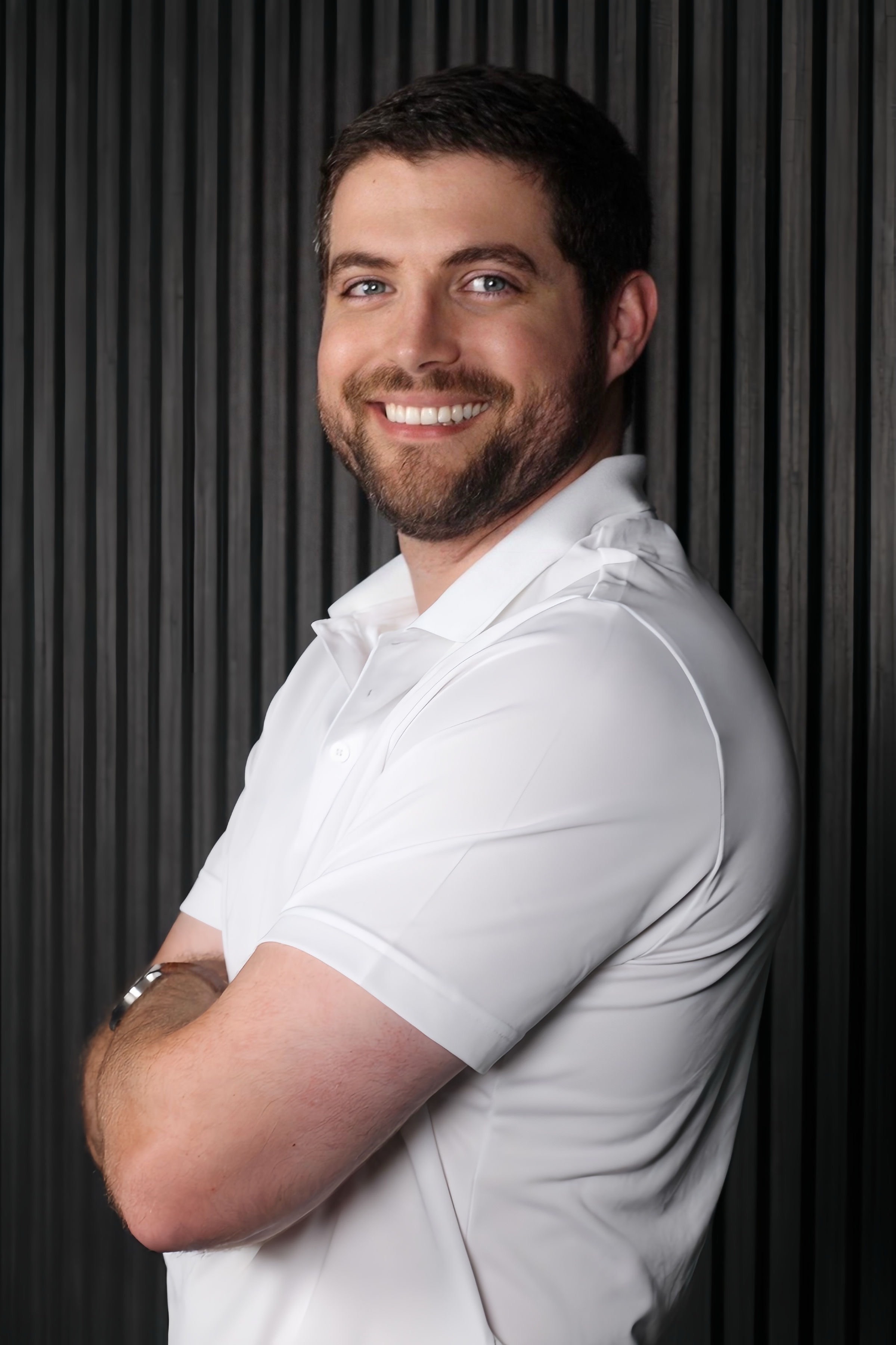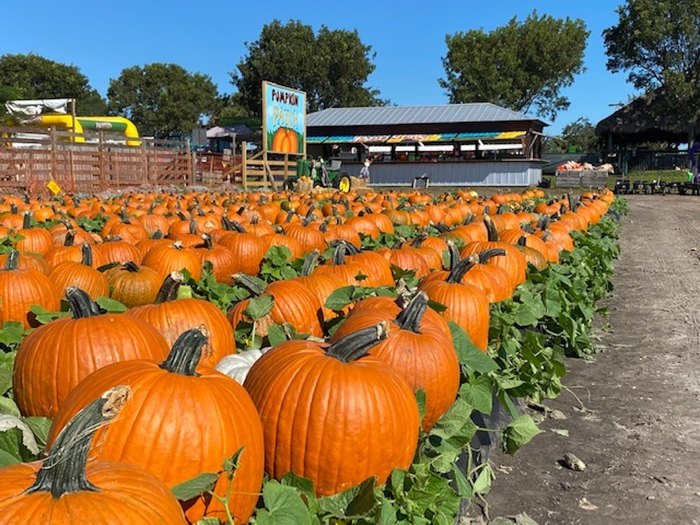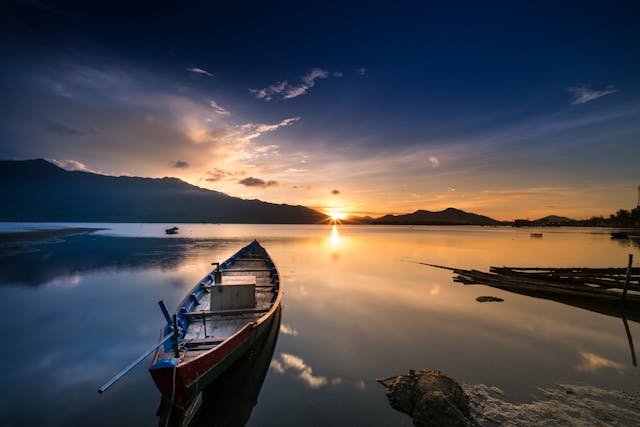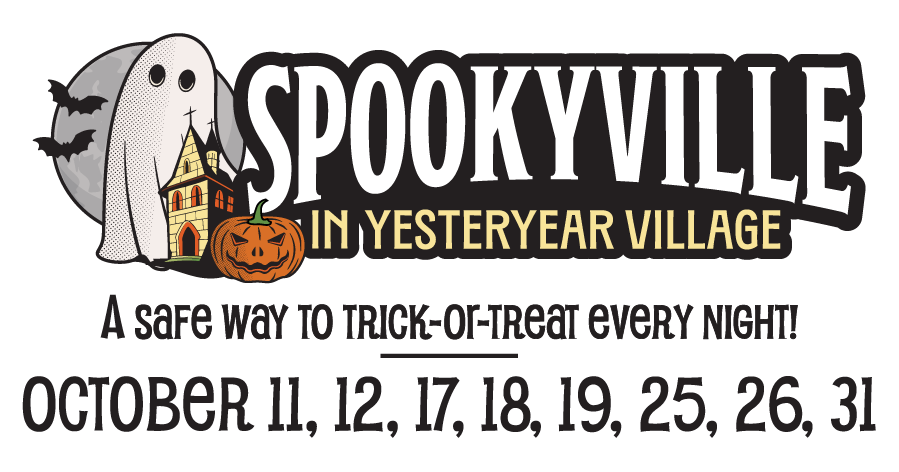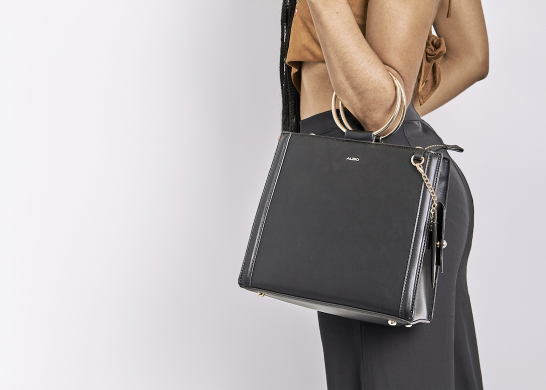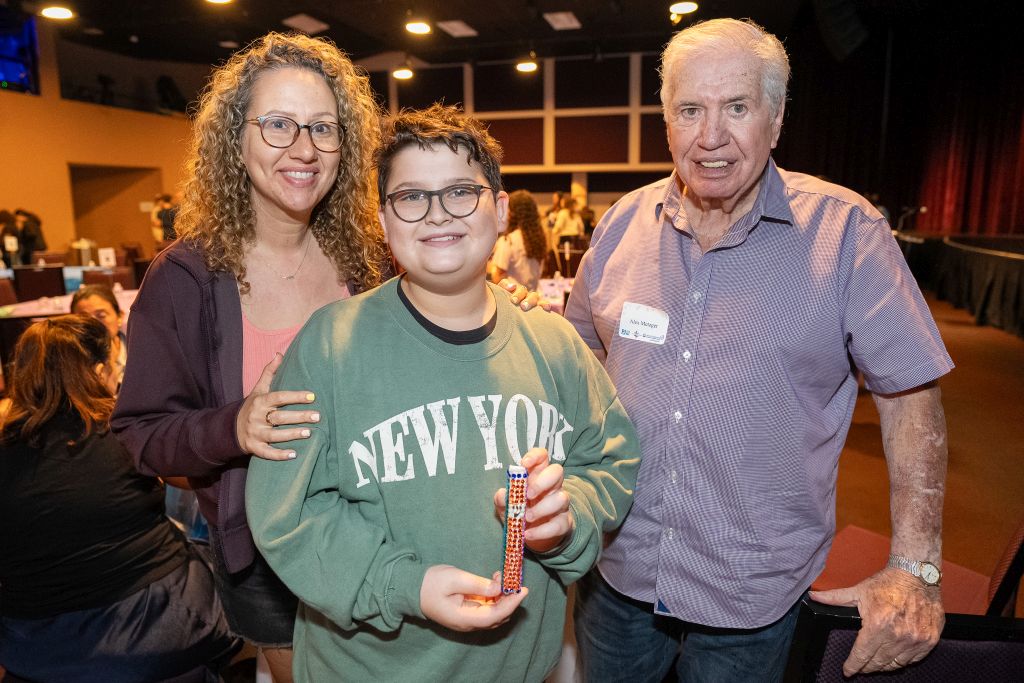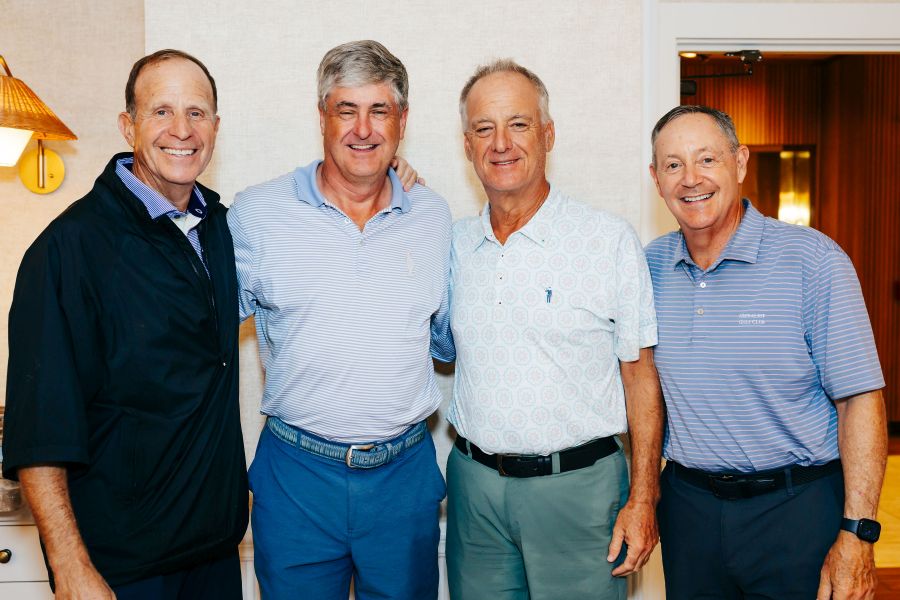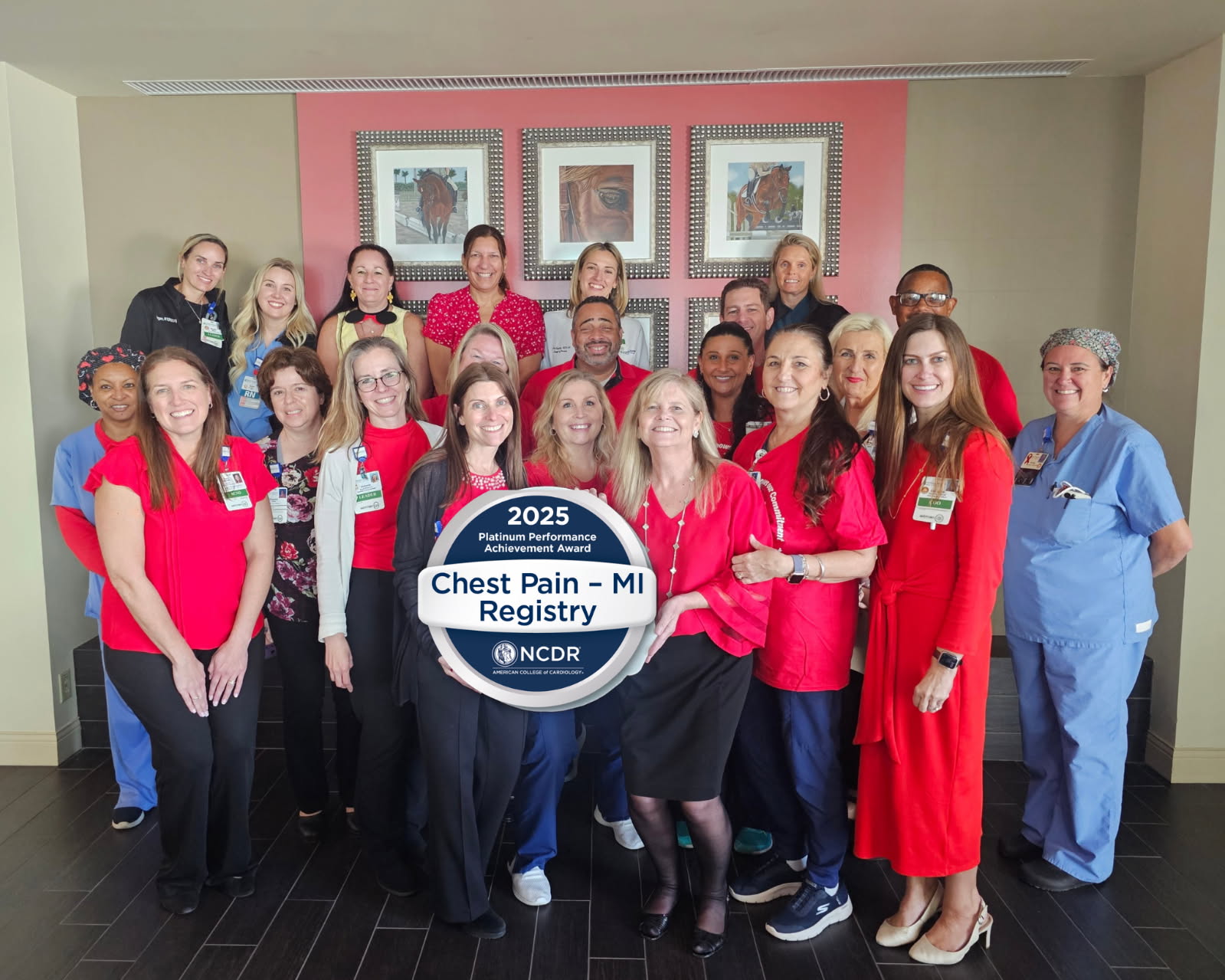By Mark Caracciolo
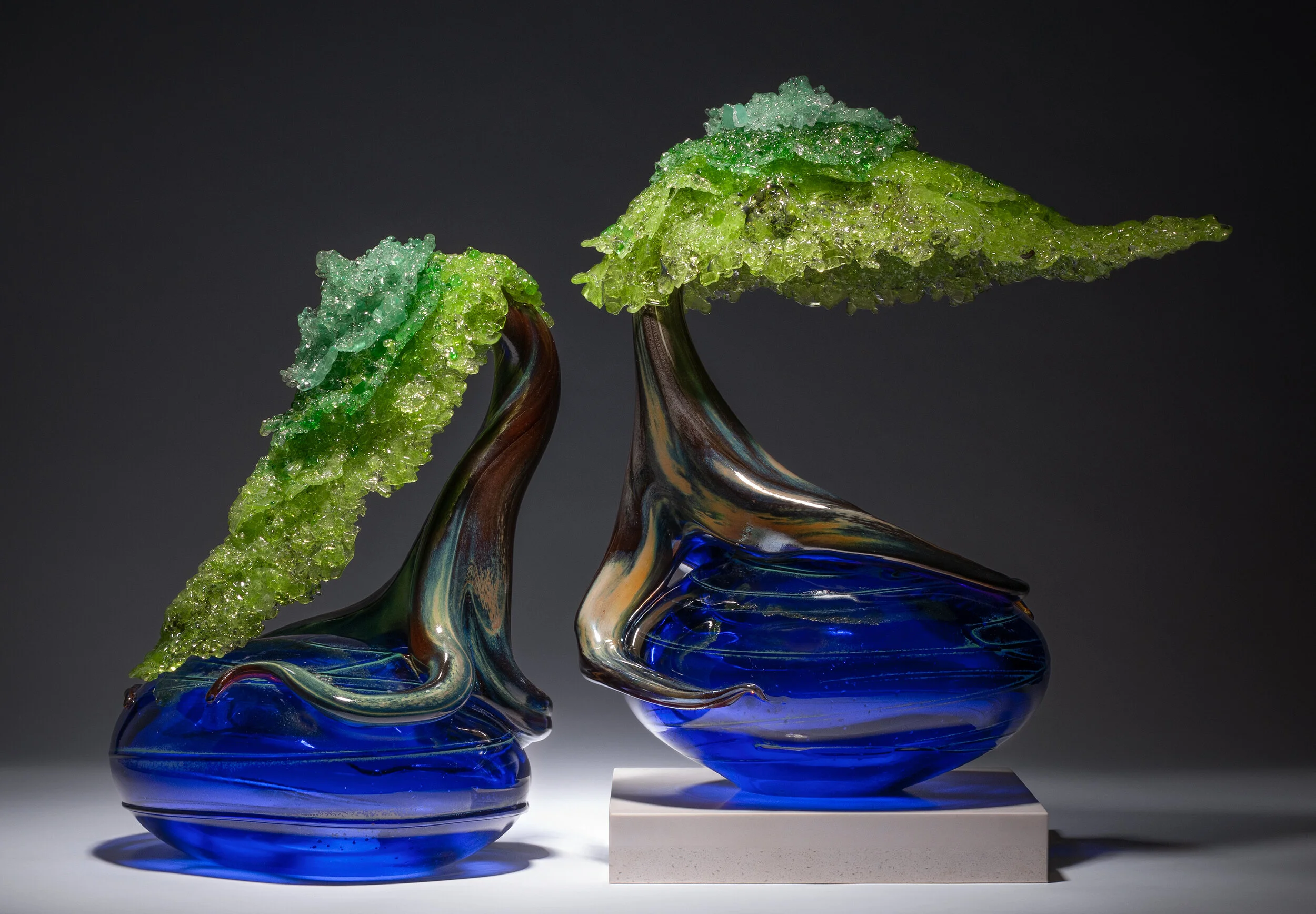
It’s Sept. 20. The coconut palm trees are swaying. The sun turns a warm orange color, the sky following suit with it (along with a pinkish-hue.)
The following is the interview I had with Eli Cecil, a glassblower and sculpture artist who had his work displayed in the Robert M. Montgomery building in Lake Worth July of this year. He was selected for the 2024 Cultural Council of Palm Beach County and has had his work displayed in a number of exhibitions in South Florida.
Cecil: I have a couple exhibitions. I have work I just took down the big exhibition that you saw that we met at. And then I have work in over in different galleries and places throughout South Florida, being Hollywood at the W. Moda Museum, the Wiener Museum of Decorative Arts and more. I saw the Benzaiten Center where I used to work [1] and where I made a lot of my work out of, which is in Lake Worth, the Benzaiten Center for Creative Arts, as well as the Palm Beach Design Showroom, the Antique and Art Showroom that’s over on Dixie Highway in Lake Worth.
MC: Okay. So you’re now up in Maryland, right?
Cecil: Correct. I’m up here building my studio.
MC: Is it brand new?
Cecil: Yes. We just got the equipment in and built out the space, and I’ve actually got a mobile glassblowing studio, so I have a brick-and-mortar studio, and then the equipment I roll up into a trailer. We just did our first event last night in Delaware, the Delaware Beaches.
MC: As I understand, well, you still have a number of art exhibitions here in South Florida. Do you still consider yourself a South Florida artist?
Cecil: Yes, I still consider myself a South Florida artist, and then I am now kind of branching into the area where I originally came from. I’m originally from Maryland, and I had an opportunity to get my studio started here and just share the magic of glass with the eastern shore of Maryland. So the plan is for it to be seasonally working here in the north in the summer and doing exhibitions.
MC: So you’ll be coming back down here for the winter?
Cecil: Yes, that’s the goal, but this is the first year I’ve opened up the new studio, so if I need to spend more time up here to get things started, I will. I’m still at that determining factor of if I’m going to be coming a full transplant here in Maryland or if I’m going to continue to be a full-time I’m already established in Florida, but I’m trying to get established up here now.

MC: What got you into glassblowing in the first place?
Cecil: I was a psychology major and I needed an art elective to graduate. And the elective I chose was Glassblowing 101. And that was about 15 years ago when I took my first class and just fell in love with it. So it was kind of an accident.
MC: You discovered it.
Cecil: Yeah, I discovered it, exactly. I was trying to dodge a statistics class, so I took the art class instead and then never switched back.
MC: I can assume that you studied glassblowing for four years because you have a BFA in glassblowing and sculpting?
Cecil: Yes.
MC: What does the curriculum of a glassblower look like?
Cecil: It’s a lot of studio access and drills. Of course, if you’re an art major, you’ve got your standard art history classes and painting and drawing. But when you get into concentration, it’s a lot of studio time to practice and rehearse and kind of build the skills. And then after graduating, I was able to do an internship with the Chrysler Museum of ArtGlass Studio in Norfolk, Virginia and that internship is really what opened up the doors for me. So the curriculum in college is like the exposure like you discover it and you learn how to learn how to blow glass and then if you do some internships or apprenticeships afterwards, you can get more familiar with the technique and the material and it’s one of those things that just takes thousands of hours to actually kind of rehearse to learn.
MC: How many hours have you spent glassblowing in your life?
Cecil: I’ve hit 10,000 already, that’s for sure. I couldn’t tell you. I’ve been doing it for 15 years.
MC: Wow. Do you consider yourself a master?
Cecil: I would not call myself a master because I know true masters. You know, you’re always learning. If other people want to say that, they can, but I would never call myself that.
MC: How many glass sculptures have you accidentally shattered while trying to make them?
Cecil: It happens. We call that the attrition rate. There’s times where you’re working on it, and you go for the last move, and it falls off the pipe and breaks. And then there’s times where you’re about to go to the gallery, and it gets bumped into by somebody and falls off the pedestal and breaks.
You know you’re trying to fix something or transport it, it’s glass. It’s fragile so sometimes that happens. you know I couldn’t tell you, but it’s probably at least five or six times where I really remember it happening. There are some ways to repair things and you can cover your butt. But there are other times where you just got to count your losses you kind of get used to hearing the sound of broken glass and if you’re in the studio, and you’re rehearsing and learning a new piece or shape or sculpture, you know, it’s not unusual to break half a dozen versions of it as you’re making it.
You’ve got to practice. And so if you’re not breaking glass, you’re not learning? It’s not a very forgiving material.
MC: Interesting. So how does a broken project lead to a learning experience?
Cecil: It teaches you how to be more graceful and intentional because of that fragile nature. So you know the goal is to make a piece successfully, deliver it to the show, exhibit it and not break it. It is very common for it not to break but occasionally there are accidents. If you’re in the studio and you’re practicing, it’s okay to break something while you’re learning because you’re just going to go back and make it bigger and better next time. There are those incidents where a collector breaks a piece and you have to repair it for them or something like that.
MC: What does repairing a glass piece look like?
Cecil: It looks like it could involve a whole lot of grinding and polishing special epoxies Sometimes you have to make different jigs and templates for the repair and then other times you just count your losses and you actually remake a piece.
MC: What is a jig?
Cecil: A jig is like something that you would build to support a piece and hold it while it’s reassembled.
MC: I was looking through your website and saw your resume. Your first exhibition was for your BFA. It was a senior exhibition. I wasn’t able to find any images on it. But I was wondering, what was that like, your first exhibition?
Cecil: Of course, the first time you get an opportunity to show your work. And there’s some of the people that still support me today that were at that show, which is really cool, people that have seen the whole journey. You and I met at one of my biggest exhibitions at the Palm Beach Cultural Council. And you can’t ever forget where you came from.
MC: Do you still have some of the pieces from that first exhibition?
Cecil: One of the pieces actually was put in the library at the campus into their permit collection. So the campus still has one of those pieces. Another one of those pieces was sold to the president of the university. So hopefully she still has it. And then there was my favorite piece, which I actually I sold down in South Florida. And one of my goals as an artist is to buy that piece back because it’s that important to me.
MC: What was it called? Do you have an image of it?
Cecil: I do. In fact, it’s not even glass. It was a piece of twisted metal that was sculpted.
MC: Looking at one of your works, one of your collections is bonsai trees. What drew you to the image or the concept of a bonsai tree?
Cecil: Okay. It was a themed show that I made the first one for. One of the galas that we had in Lake Worth at the Benzaiten Center for Creative Arts had an Asian themed opening and the idea I had was to create a bonsai tree using these different broken shards of glass to make the top of the tree. And as the series developed, I started to draw a lot more inspiration from the travels that I had and some of the trees I grew up around. I really like this image of this windswept resilient tree that’s clinging and rooted to a stone and just standing there on its own balance brings great inspiration.
My real intention behind each piece is to use a combination of glass blowing techniques and sculpting and glass fusing to create a one-of-a-kind sculpture that captures the moment of a tree being windswept. And the tree is a metaphor for you, for your growth. And the roots are attached to the base. So it’s really the stone of the base of it is what you’re rooted in. What one’s personality or identity is rooted in, then the trunk represents what you’re growing towards (what you’re focused on is the trunk), and then the canopy is what you’re growing into. And so you’re emerging through this image of a resilient tree.
MC: So what I got from your response right here, though, is that the tree is a metaphor for growth through hardship.
Cecil: Not necessarily hardship. I wouldn’t say hardship. I would say growth through your attributes, you know?
MC: One thing I noticed about a lot of your works, at least the ones I could see, is that a lot of them, especially the bonsai trees, have a very large element in blue. I wanted to ask, why do you keep coming back to that color?
Cecil: For me, blue is a satisfying color. It’s the color of the sky, of water, of life, and of the earth. It is also a very spiritual color. And so it’s that comment that I just had about being rooted in an attribute. And so the blue ones represent being rooted in your creativity or your spirituality. And they’re a very common color. Most of the blue ones are the first to sell, and so I’ve maybe made more blue ones because I’ve had to replace the bonsai trees that have sold.
MC: Another one of your collections In Solutions shows the moment an object lands in the water. What inspired you for that? What did you mean to say by that?
Cecil: It’s all about capturing that moment or that still life instant, a still life image of a feather touching down on a ripple on a drop of water and makes that perfect soft ripple well you could take a photo of that, or you could paint that but then all you’re doing is capturing that image in a two-dimensional format for me to be able to sculpt it out of glass and capture it and freeze it at that moment where the material is liquid. I can stick that feather, and it’ll fuse and permanently melt right into the center of that ripple that I sculpted and then that’s like a snapshot or still life image that moment of action, so it’s a way for me to activate the glass capturing a still life image, and it puts movement into the material and then once it is on a pedestal or in someone’s home, they can really see it and appreciate that moment of touchdown.
MC: You used the word still life, so you considered that this collection to be a form of still life, but in the third dimension?
Cecil: I agree. That’s what I would classify it as.
But it’s still not quite right. It has that appearance of motion because it’s capturing that snapshot and putting it into a three-dimensional still-like image. So it kind of challenges what a still-life image is.
MC: I can also see that you return to the idea of ripples in Supernovas.
Cecil: Yes, so that was the continuation of it exploring more of the color and pattern and instead of thinking of something on the physical, terrestrial, three-dimensional level. I think of the supernovas like the ripples of the universe or like space. And that those orbs are kind of like planets that are orbiting or stars or moons that are orbiting the ripples. So the ripple touchdown, the one with the feather, just water drops, those are more, like, literal water elements.
Ripples in a pond are one place to view the beauty of ripples Where the supernovas are more like those celestial beings in space and time. And that’s why they kind of look like they’re in orbit. The orbs are spinning through the ripples. They’re all in an orbit around the center.
MC: So would you say that the difference between In Solutions and Supernovas is that In Solutions shows something that’s a lot less.
Cecil: The solution in the ripples is more like looking at the microcosm and these literal things, constructs, and then the Supernovas are looking more at the macrocosm or the universal context of these subjects.
MC: So you’d consider that the main difference between the two?
Cecil: Yeah, because they’re essentially the same concept, but one is exploring an abstract and fantasy space, and the other one is exploring a more literal kind of concept that we’re all familiar with, water rippling. So maybe one’s more literal and the other one’s more conceptual.
MC: Another collection that you did is Lanterns. What drew you to the idea of these lanterns? What was your inspiration?
Cecil: For me, the actual forms are a technical challenge to create, so it’s really trying to push some boundaries of what I could do with the material to set up the different patterns and shapes. And just the idea of a lantern illuminates your path and it can guide you. And what a lantern means, like that illumination, that factor, is a concept that I wanted to explore.
And then the physical shapes, I think, have a lot of grace and variety. And, of course, they’re kind of inspired by trips to Japanese gardens and different areas where I’ve seen bonsai trees, and they’ve been mixed in with those big Asian lanterns that you see at Japanese gardens. So there’s, like, from these beautiful gardens and landscapes, I’ve also taken note and created another image of them. That was technically challenging to produce and carries on the idea of illumination.
MC: So, I’ve noticed that a lot of your work is inspired by Japanese culture specifically, like bonsai trees or these lanterns, as you said. Why is that?
Cecil: I think for me, it’s just I enjoy the style and the gestures of Japanese artwork, I have no history there. I just always find peace and Zen in the Japanese gardens. And I think that bonsai trees show a rich combination of balance between something that is living and growing and then other forces that are pulling on it, and it finds balance in between that. When you trim a bonsai – you wire it and you prune it.
You guide it into its shape, but it’s up to the tree to grow into that shape, and it’s always going to balance itself and go up towards the sky, and you might be able to direct it, but it’s going to grow without your effort. You’re just directing the way it grows, so I think for me the bonsai trees are that combination of balance, which I think is universal.
I just think that maybe the Japanese culture has been one of the best at expressing that kind of feng shui and that balance. It’s not anything that’s really more personal than I enjoy the style of that culture, and it’s been a reference for me, in a Japanese garden or a space that’s intentional. So I think maybe it’s that I recognize that their culture puts a lot of intention into every aspect, whether it’s grooming, pruning a tree, or building a lantern. And that’s the type of intention that I like to put into my work. So I think I’ve worked with those images as a starting point.
MC: You’re very drawn to the idea of finding Zen despite things not going quite as they may be planned. Could you tell me about some of your favorite art exhibitions that you’ve done or residencies?
Cecil: Of course. I think there’s an exhibition that I did at the Cornell Museum in Delray, a curated a glass exhibition. And that was probably one of the best, most proud moments for me because I was not only an artist, I was also a curator. And I was able to curate a museum exhibition and invite international artists from Italy and other countries as well as across the United States, to actually show their work. And I had regional artists from Florida as well that spanned across the state, so it was really a great exhibition of probably 30 artists and many of them are very well known in my industry.
And I was able to curate that as well as participate in it, so that’s recently been one of my favorite shows and then of course the show that we met at was pretty remarkable because I was able to receive a grant from the Cultural Council to travel to Europe and study with the Masters in Italy. Then I was able to make some of that work, do a presentation and exhibit it in Palm Beach at the Cultural Council for the AIF show.
MC: What was it like learning and studying with the glassblowing masters in Italy?
Cecil: Well, they were very generous with their time and their hospitality was something that was remarkable. I have worked with several of them in America. I brought a few of the artists to Palm Beach County to work at the Benzaiten Center for Creative Arts as visiting artists, and they had offered me opportunities to come and study, and I was able to take them upon it. So it was very humbling and an honor to work with them.
It was also a little intimidating because everything is different there. They have a different type of glass. They melt different tools, different processes. So it was really an enlightening experience and I think helped give me the confidence to actually be able to open up my own studio after my visit there. There’s a lot of discovery.
MC: What are some things that you think will stick with you for the rest of your career after studying in Italy?
Cecil: I think that there’s a creative spark that I picked up there that will stay with me, just seeing all these potentials for the material because they’ve been doing it for over a thousand years there. And so it’s really remarkable to see how many styles of glassblowing there are and different art forms. And so everything from the architecture to the food to the hospitality, all of that will stick with me.
I really saw the importance of how they keep their families close together, the way they prioritize their time and their meals. And I can tell that all that intention goes into the work that they do, which is why they produce some of the most well-known glass art out there. I think the experience will stick with me because it also gave me a lot of confidence in being able to make one of my bonsai trees in Italy and now become an international artist is something that I’ll always have on my resume. It’s given me the confidence to go on to more of an international stage.
MC: What does glassblowing mean to you?
Cecil: Glassblowing for me, it’s… a very physical and somatic experience. It’s kind of like going to the gym and then creating a piece of art at the same time. It’s very physical, and it requires a lot of attention. And for me, that puts me in a state of flow. And that’s kind of like the Zen or the balance, that moment that I’m talking about where no matter what’s going on, if I sit down to blow glass, I’m totally focused on just the act of glassblowing.
I wouldn’t call it a therapy, but it’s like a physical expression, as well as a mental expression or self-realization. And when you blow glass, you have this experience, and you flow through the process. And then the finished piece at the end acts like a receipt for that process. It’s just like a side effect of that joy that you get from it. So I think glassblowing is joy.
As far as seeing more of my work, I’m building a studio in Maryland that’s called Glass Half Full, and I want to share the magic of glass with a new audience up here in Maryland and educate them and give them experiences. I just had my first event where I brought the glass blowing to the people in a mobile demonstration and my goal is to maintain my creative relationships, friendships and business opportunities. I actually plan to bring my mobile glass studio down there to South Florida to be able to share the magic of glass with more people. And they can expect to see me in the art fairs and in the galleries in South Florida
MC: Now that you intend to showcase and educate people on glassblowing, do you think that you’ll be opening up to internships yourself, and they’ll all come full circle?
Cecil: In fact, I’m looking for an intern now. Here in Maryland, I’ve actually just went and spoke with the university that I attended, Salisbury University. I went and spoke to their upperclassmen about just my journey through the material, how glass art created my path, led me to Florida. I was able to really inspire them and my goal is to be an opportunity for some of these students to take internships, to get better and learn more skills, as well as to be a resource for them I plan on eventually for hiring some of them to help, as well as being able to give them guidance and mentorship as they graduate.
MC: I really look forward to hearing more about what you do when you come back here.
Visit EliCecilArt.com (https://elicecilart.com/)


